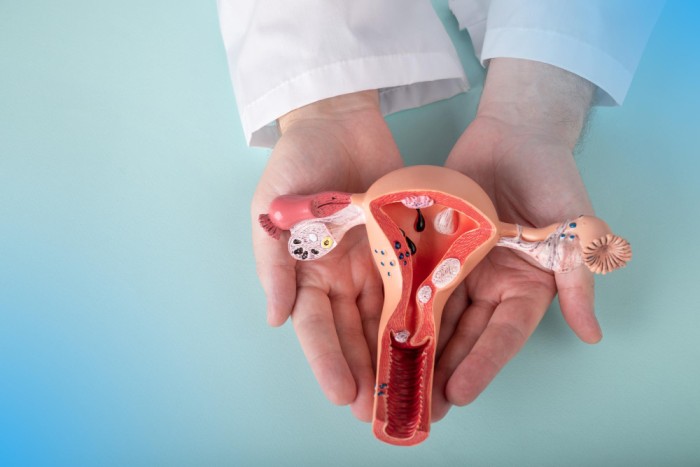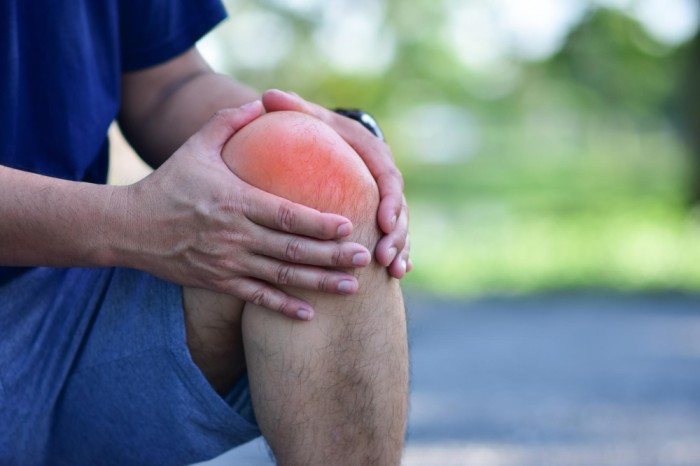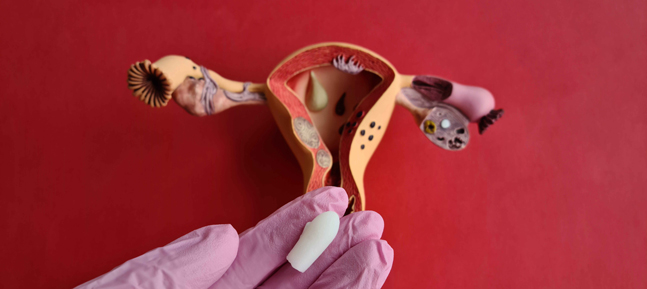Understanding Endometriosis and Its Impact on Female Fertility
Endometriosis is a common yet often misunderstood condition that affects millions of women worldwide. It occurs when tissue similar to the lining of the uterus (endometrium) grows outside the uterus, leading to chronic pain, inflammation, and in many cases, fertility challenges. Understanding the link between endometriosis and female fertility is essential for women who are trying to conceive and seeking the right medical guidance. What is Endometriosis? Endometriosis is a chronic condition where endometrial-like tissue grows in areas such as the ovaries, fallopian tubes, and the pelvic lining. Unlike the normal endometrial lining, which sheds during menstruation, this misplaced tissue has no way to exit the body. As a result, it leads to scarring, inflammation, and sometimes the formation of cysts called endometriomas.The exact cause of endometriosis is not fully understood, but several theories suggest it could be linked to retrograde menstruation (where menstrual blood flows up the fallopian tube into the pelvic cavity instead of out of the body), immune system dysfunction, or genetic factors. Women with a family history of endometriosis are at a higher risk of developing the condition. How Does Endometriosis Affect Fertility? Many women with endometriosis struggle with conception. While not all cases lead to infertility, the condition can significantly reduce the chances of getting pregnant due to the following reasons: Blocked Fallopian Tubes : Endometriosis can cause scarring and adhesions that block or distort the fallopian tubes, preventing the egg and sperm from meeting. Ovulation Issues : The condition may affect ovarian function, disrupting regular ovulation or reducing the quality of eggs. Inflammation and Immune System Dysfunction: Inflammatory chemicals released due to endometriosis can interfere with fertilization and embryo implantation. Endometriomas: These ovarian cysts can reduce the ovarian reserve (the number of healthy eggs), making conception more difficult. Hormonal Imbalance: Endometriosis can alter hormonal balance, making it harder for the uterine lining to support a pregnancy. Symptoms to Watch For While some women with endometriosis experience no symptoms, others may notice: Severe menstrual cramps Pain during or after intercourse Heavy or irregular periods Chronic pelvic pain Bowel or urinary discomfort during menstruation Difficulty conceiving If you experience any of these symptoms, it is crucial to seek medical advice, especially if you are planning a pregnancy. Treatment Options for Endometriosis-Related Infertility While there is no cure for endometriosis, several treatments can help manage symptoms and improve fertility outcomes: Medications : Hormonal treatments, such as birth control pills or GnRH agonists, can help manage symptoms but are not ideal for those trying to conceive. Surgical Intervention : Laparoscopic surgery can remove endometriotic tissue, improve ovarian function, and enhance fertility. Assisted Reproductive Technologies (ART) : Intrauterine Insemination (IUI) : May be recommended for mild cases. In Vitro Fertilization (IVF) : Often the best option for severe endometriosis, as it bypasses many of the barriers caused by the disease. Lifestyle Modifications : A balanced diet, regular exercise, stress management, and avoiding inflammatory foods can help improve overall reproductive health. Hope for Women with Endometriosis While endometriosis can make conception challenging, many women with the condition successfully become mothers with the right medical care. If you are struggling with infertility due to endometriosis, consulting a fertility specialist is the first step towards understanding your options and finding the right treatment. At Srinivas Priya Hospital, our team of experts specializes in diagnosing and managing endometriosis-related infertility, offering advanced treatments and personalized care to help women achieve their dream of parenthood. If you suspect endometriosis or are facing difficulties in conceiving, schedule a consultation with us today. Early diagnosis and treatment can make a significant difference in your fertility journey.



